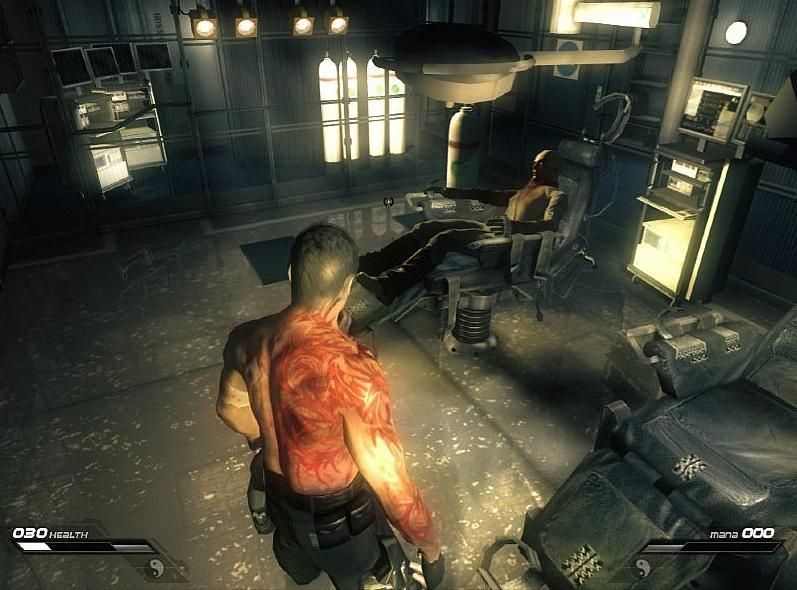

- #Motor control simulation software free download driver#
- #Motor control simulation software free download full#
X-Motor Racing is a digital delivery product developed from scratch. The developer releases new versions, updates and additional content very frequently. The game is used in education, real motor sport and automotive industry for R&D by some teams, for example,Massachusetts Institute of Technology, McGill University, ItalDesign orRed Bull Racing.
#Motor control simulation software free download driver#
Open physics model and tools for creating cars and track allows usingX-Motor Racing as professional software for driver training as well as entertainment. X-Motor Racinghas an advanced graphics engine, supporting TrueHDR rendering and FSAA.XMR SDK allows exporting all in-game physics data to build a motion platform, telemetry system or external controlling of the vehicles. The game features high precision physicssimulation, online multiplayer and open architecture.įeatured is a fully customizable physics model - the tire model, suspension, or motor are available to tune in the game, including an advanced tire model with adjustable parameters, such as temperature and tire grip.
#Motor control simulation software free download full#
The FPGA and processor communicate via AXI interface.X Motor Racing Download Free Full Game (XMR) is an indie racing simulator. The fast current controller is running on the FPGA and the slow velocity controller on the processor. The structure of the partitioned SoC model is based on the partitioning scheme shown below.

The closed-loop velocity control also uses a PI controller, similar to the current controller. After determining the encoder offset, the velocity controller is calibrated and can be switched into closed-loop velocity control. Then the controller commands and holds a zero position to identify the encoder offset. In the calibration mode, the Mode_Scheduler spins the motor using an open-loop velocity controller to identify the zero index of the shaft encoder. The Velocity Control subsystem takes external commands to set the mode of the controller as either calibrating or closed-loop velocity tracking. A Proportional-Integral (PI) controller uses the DC signals to drive PWM switching signals to the power MOSFETs driving the PMSM. The current controller uses consecutive Clarke and Park transforms to convert the AC current and voltage waveform into DC signals. The Current Control subsystem takes a command current value from the Calibration and Velocity Control subsystem. The Controller is split into two subsystems, an inner Current Control loop and outer Velocity and Calibration Control loop. The Controller subsystem contains the closed-loop FOC and the open-loop calibration controllers. The model parameters of the motor, load, and sensors are based on the AD-FMCMOTCON2-EBZ Evaluation Board from Analog Devices®. The Plant subsystem models a PMSM with load with simulated measurements from a motor shaft encoder and current sensors. The top-level structure of the behavioral model is shown below. A comparison of the simulation results between the behavioral and SoC models shows the expected behavior of the controller is maintained. The second model shows how the open-loop calibration controller, closed-loop velocity controller, and closed-loop current controller can be partitioned into an SoC device using SoC Blockset. The first model in this example is used for behavioral simulation of a closed-loop FOC with an open-loop calibration controller for a PMSM. By partitioning the current and velocity controllers onto the FPGA and processor cores, respectively, both control loops in the FOC can meet the above requirements. In contrast, the velocity control can run at lower rates, typically milliseconds, but must react to external events, such as commanded velocity updates. In an FOC running in closed-loop, the current control loop needs to run at a high rate, typically microseconds.


 0 kommentar(er)
0 kommentar(er)
